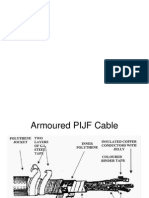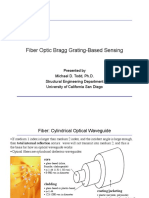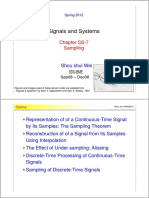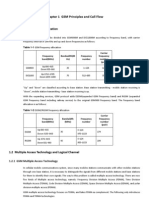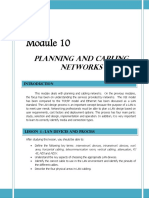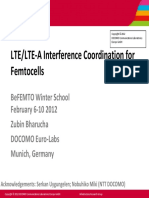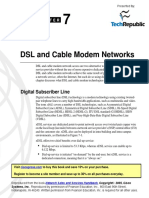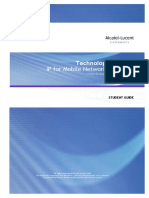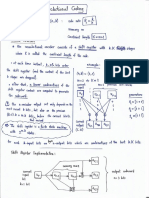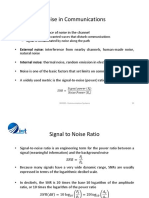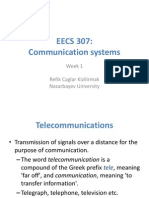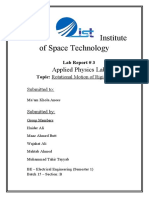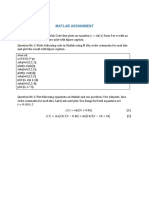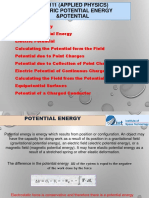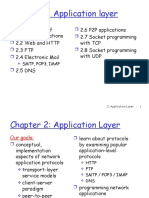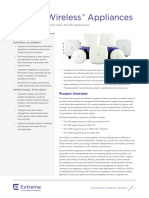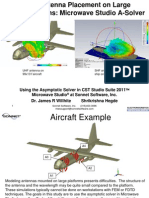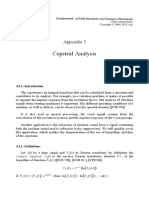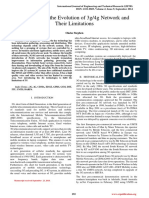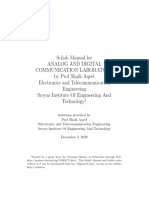0% found this document useful (0 votes)
252 views26 pages30820-Communication Systems: Week 1 - Lecture 1-3 (Ref: Chapter 1 of Text Book)
This document provides an introduction to the 308201 Communication Systems course. It outlines the course information including instructor details, textbook, learning outcomes, and assessment criteria. It then provides an overview of key topics that will be covered in the course, including analog and digital messages, signal to noise ratio, modulation and detection, source coding and error correction coding, and a brief history of modern telecommunications. The document contains course content presented over 14 pages, with sections on communication system fundamentals, analog and digital signals, sampling and quantization, modulation techniques, noise, channel errors, and pulse code modulation.
Uploaded by
Furqan Ali CheemaCopyright
© © All Rights Reserved
We take content rights seriously. If you suspect this is your content, claim it here.
Available Formats
Download as PDF, TXT or read online on Scribd
0% found this document useful (0 votes)
252 views26 pages30820-Communication Systems: Week 1 - Lecture 1-3 (Ref: Chapter 1 of Text Book)
This document provides an introduction to the 308201 Communication Systems course. It outlines the course information including instructor details, textbook, learning outcomes, and assessment criteria. It then provides an overview of key topics that will be covered in the course, including analog and digital messages, signal to noise ratio, modulation and detection, source coding and error correction coding, and a brief history of modern telecommunications. The document contains course content presented over 14 pages, with sections on communication system fundamentals, analog and digital signals, sampling and quantization, modulation techniques, noise, channel errors, and pulse code modulation.
Uploaded by
Furqan Ali CheemaCopyright
© © All Rights Reserved
We take content rights seriously. If you suspect this is your content, claim it here.
Available Formats
Download as PDF, TXT or read online on Scribd
/ 26








